Media | Articles
Are these 7 classics from the ’70s creeping out of reach?
The Hagerty Price Guide (HPG) is a treasure trove of data about classic cars of all shapes and sizes. It collects sales data from places others can’t, including peer-to-peer sales you will never see on an auction site or classified listing. Some of the most interesting trends are seen when pulling HPG’s pricing data for vehicles in #3 condition (Good), as they aren’t likely to be recipients of big-dollar restorations; rather, they are driver-quality cars that received plenty of TLC over the course of their lives.
Something amazing happens when you pull HPG’s data for cars from one of the most undesirable periods in automotive history. The 1970s started off with heady days of delight, turning into a Malaise Era of undesirable, secretive engineering that made cars safer, far less polluting, and laden with plastic. And yet, there’s some merriment in that malaise, because now they are old, rare, and collectible enough to command median transaction prices higher than $5000. Far higher. Just look at the vehicles HPG found for $5000 or less in #3 condition:
- 1970–75 Volvo 164: $4400
- 1971–75 Lancia 2000: $4400
- 1976–80 Volvo 264: $4800
- 1977–80 Volvo 265: $4900
- 1975–80 Buick Skyhawk: $5000
That’s it—that’s the whole list of 1970s cars in good condition you can find for under $5000. Keep in mind these are median price values, so you can indeed find 1970s cars in #3 condition for less, but you’re gonna find just as many that will be more. And every other car on our list had median values higher than $5000. Some were downright surprising, in a “those are how much?” kind of way. Here are seven such shockers that had us scratching our heads.
1977–80 Lincoln Versailles: $6900
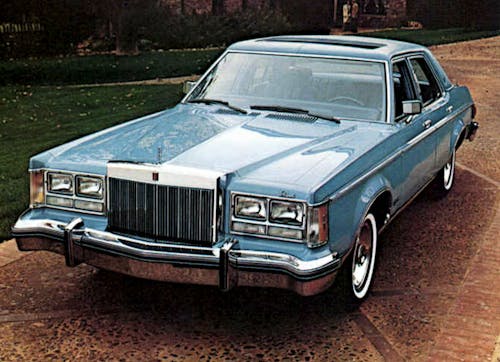
Shocker number one from the 1970s used to be harvested for its precious, disc-brake–laden nine-inch Ford axle and then unceremoniously sent to the scrapper. Good luck making that happen again, as the Lincoln Versailles in #3 condition now has a median sales figure of $6900. Maybe you can still find one at a junkyard that hasn’t been touched, but at this point you might be better off with aftermarket parts on another Ford nine-incher.
Warts and all, people are clearly appreciating the Versailles’ refined NVH and acres of leather. Perhaps the connection to the Ford Granada is actually a selling point for would-be owners in 2023?
Marketplace
Buy and sell classics with confidence
1974–78 AMC Matador: $8400
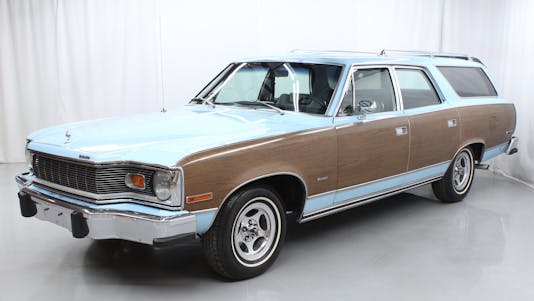
While still lagging behind AMC’s more famous Pacer (which is currently $500 more dear, at an $8900 median price), the Matador’s quirky interior and exterior styling has clearly come out of the shadows to turn into a cool cruiser in a sea of overdone classics and modern CUVs. Owning an AMC product may pose challenges in the current millennium, but it’s clear that rarity increases the value of something. Well, eventually. And this might be the moment the AMC faithful can celebrate!
1974–78 Ford Mustang II: $10,200
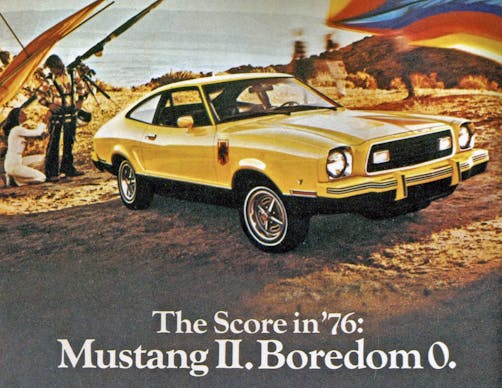
I’m glad to see the Mustang II is getting credit for being a great vehicle in the Malaise Era. Maybe even a great vehicle in general? That’s up for debate, but with a median price over $10,000 for Mustang IIs in #3 condition, it’s clear that surviving members of this breed of Pony Car have turned into an appreciating classic. They are certainly cheaper than first-generation Mustangs, but they clearly stomp on the 1974 Mercury Capri V-6’s median price of $8200.
As the ad above proves, the Mustang II made 1976 far less Malaise-y than it coulda been. But now its clear that 2023 is far less boring thanks to the esteemed Mustang from the time of bell bottom jeans, Erik Estrada, and fondue pots.
1974 Datsun 260Z: $15,950
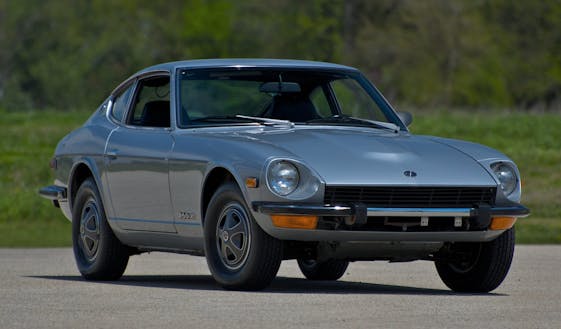
The one-year-only production run of the Datsun 260Z doesn’t quite muster up the broader appeal of the 240Z before it, as its median value is roughly $12,000 lower than the original Z-car. Which only broadens the appeal of all S30-bodied Datsun sports cars, opening the market up to folks who are priced out of the 240Z. These days, all S30s are desirable, and you can have less guilt upgrading one (especially with brakes/powertrains/etc. from the later 280ZX) if it isn’t the original.
All S30s are fun, but there’s something to be said about having more bang for your buck in a 260Z with just a few modifications you’d regret doing to a “valuable” 240z.
1973–76 Chevrolet Caprice Classic: $18,800

The B-body family of GM products has been a favorite of full-size sedan fans for decades, and the last of the truly huge land yachts (before their 1977 downsizing) are commanding transaction prices on par with the smaller, sleeker, Caprices of the 1960s. For example, the 1968 Caprice Coupe is currently at $19,000 and its less desirable hardtop sedan brother rests at $13,000. The $18,800 valuation for all body styles of full-sized Caprice from the Malaise Era suggests all Caprices are equally desirable, no matter their power output or bumper size. And that’s a pretty good place to be, if you were one of the biggest cars from the mid 1970s.
1974–80 Plymouth Trail Duster: $19,800
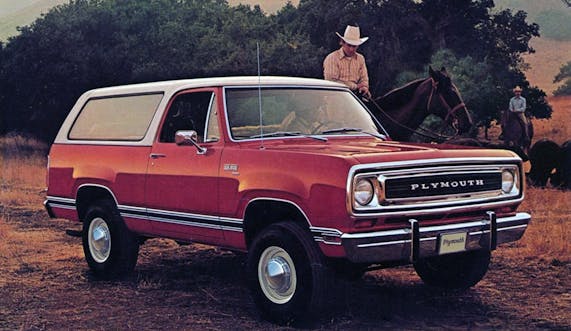
Much like a Denali over a regular GMC, I always felt the Plymouth versions of 1970s Dodge trucks were cooler because of their trademark grille with bold lettering. But the Plymouth Trail Duster SUV never had the widespread name recognition of its Dodge Ramcharger brother, and I reckon more than a few were re-grilled to Dodge standards to ensure a wider audience.
That is still likely a good idea for dealers and flippers, as the Plymouth’s near-$20,000 median price is almost $4000 less than a 1974–80 Dodge Ramcharger in the same condition. And that’s a tragedy, as the Plymouth SUV should be the “grille of your dreams.”
1971–75 Pontiac Grand Ville: $22,150
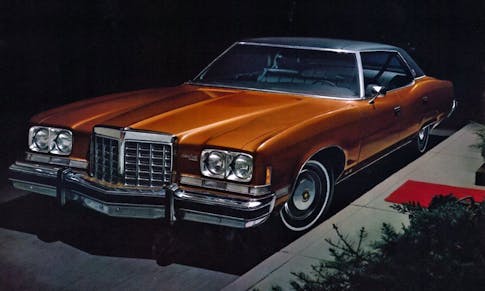
Speaking of grilles, how can the Pontiac Grand Ville be worth more than $3000 over a sistership B-body Chevrolet Caprice of the same era? To be fair, this value is probably skewed by the early Grand Ville’s small bumpers, sleeker styling, and higher power/higher emissions powertrains available at the beginning. But when you’ve run out of GTOs and Firebirds to collect, why not get a full-size Pontiac with the style and underhood engineering so familiar to you?
Or perhaps Malaise Era B-bodies follow the trend of the smaller F-body of the 1970s, as the second-generation Firebird ($16,900) has a median value that is $200 higher than its Chevrolet Camaro ($16,700) counterpart. Because if Burt Reynolds made the Firebird a household name back then, Jackie Gleason’s association with Pontiac sedans certainly couldn’t hurt.
***
Check out the Hagerty Media homepage so you don’t miss a single story, or better yet, bookmark it. To get our best stories delivered right to your inbox, subscribe to our newsletters.

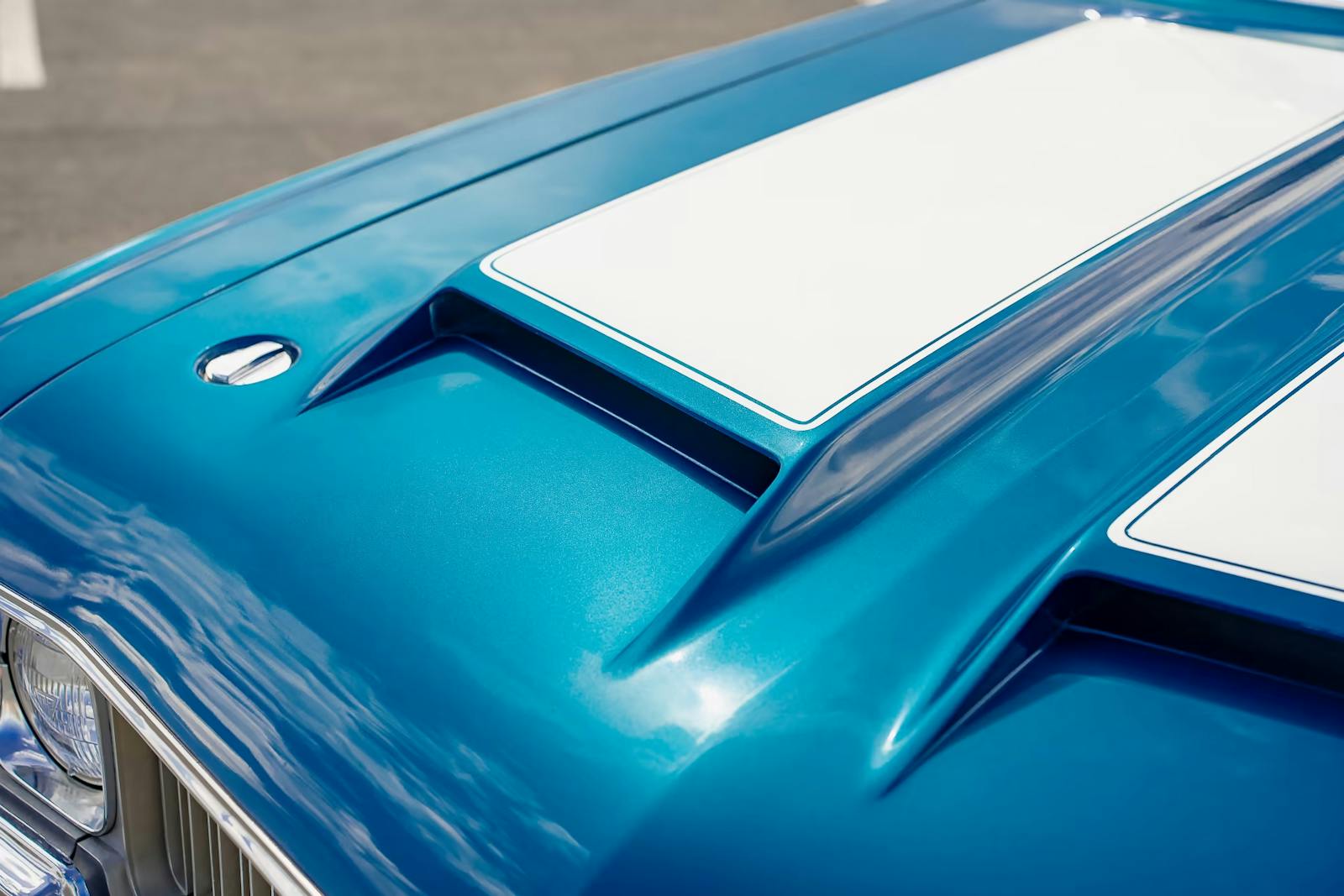









This is the reason I decided to restore a 72 Corvette. Parts are not only easy to find in most cases but way more reasonable price wise. I was considering a Porsche 928 until I found out a simple blower motor was $650.00 at the time, now must be much more if you can find it.
Don’t talk to me about hard to find parts. I own a 1940 Plymouth P10. There used to be wrecking yards with tons, (literally) of old 40’s cars laying around. Not any more. It has certainly become a labor of love to keep it going. Interior parts are just not available, unless they are Chinese repo junk.
I stopped buying “classic” cars when parts got too hard to find. It was a fun hobby….until it wasn’t.
I guess that the garish Mustang II Cobra proves that you can sell anything if you put enough makeup and lipstick on it. Throw away cars at best.
Yep, lipstick on a pig.
Logically it seems that anyone who wants any of these cars is simply nostalgic and can’t afford the increasing rarity of ’60’s cars. Next it will be the trash heap ’80’s that are in demand. Then with the electronics emerging in the ’90’s, no average person will be able to afford any reasonable collector car regardless of how crappy it is/was. That will be the end of hobbyist car collecting
Other than the Datsun, I don’t think anyone wakes up in the morning and says “Let’s go find, buy and restore a 78 AMC Matador” or any of those cars on the list.
At the end stage of ownership of any car, ideally you want to sell it and try and get close to some of your money back. Not sure how many people would pay $20K for those cars.
As for parts…
I joined three Car Owners groups on Facebook to see which car I might want to start looking for after I am done with my two projects. I can suggest everyone does this before they buy a project car. You get to see actual prices of the cars, the parts availability (avoid going to junkyards) and get plenty of advice on the restoration process.
such negativity by people with their eyes closed .i thank all for the trashy comments.we know the world is full of greed..enjoy your cars for what you see in them..the mustang11 was a very important part of fords evolution .look at the sales figures .i laugh at your unimformed comments
Agree 100%
As for junkyards, it’s hard to save plastic!
I think many of the 80’s pony cars will have parts available in the foreseeable future as many are still on the roads. By the mid 80’s a decent level of performance had returned to Mustangs and Camaros, Corvettes. These cars are relatively easy to get parts for from various vendors. I own an 84 Mustang 5 liter convertible and it has been quite easy to get parts I have needed.
i live all the way over in all black country thats right new zealand.its great to see 70s finally being recognized.my mustang11 king cobra and i have been together close to 40 years.bac in the day we had fun on the track and did events like lady wigram trophy…..scope classic..bp alpha..its now time for my kids to carry on tradition and help streach the ole girls legs….would love to hear about any other king cobra survivers out their.
and thanks hagerty for lots of updates and stories on our girls
It’s. Just. Inflation. Move the decimal over to the left to show you what your money is really worth.
That said, I wouldn’t mind restomodding a Mustang II or even a Chevy Monza.
Up here we call ‘em Rustangs.
I remember the AMC Matador wagon from the film “The Eyes of Laura Mars.” The wagon in the film was much more handsome than the car in the photo here. Also, I find it hard not to love the last of the big full size GM B-Bodies.
My wife bought her 1977 Mustang II brand new, 4 Cylinder auto, fastback. First car she owned and she loved that car. I can’t remember how many miles we put on it in the 13 years we drove it, but it still looked good in it’s original paint the day we sold it. Only real trouble we had with it was the time the timing belt broke and left us on the side of the highway. Fixed that and away she went again. Sure was low on power, but then pretty much everything was anyway. Keep it maintained and they usually treat you well.
My wife bought her 1977 Mustang II brand new, 4 Cylinder auto, fastback. First car she owned and she loved that car. I can’t remember how many miles we put on it in the 13 years we drove it, but it still looked good in it’s original paint the day we sold it. Only real trouble we had with it was the time the timing belt broke and left us on the side of the highway. Fixed that and away she went again. Sure was low on power, but then pretty much everything was anyway. Keep it maintained and they usually treat you well. It looked just like the yellow one in the article. Hers was dark green metallic with white vinyl seats, and the same wheels as pictured.
All those yank tanks are just plain ugly.
When I saw the Mustang II and its similar models come out in the 70s, I really thought Ford had lost their minds. How dare they put the “Mustang” label on such a wussy-looking car. In my mind, Ford only “beat a dead horse” further in the 80s and 90s. So much blah. Thank goodness, with the turn of the millenium, they finally went back to that classic look. They are lucky to have retained so many fans. Even so, $10,200 for a Mustang II?
I purchased a used 77 Versailles in the early eighties. It had stamping under the hood that it was a Lincoln show car. Gold exterior with padded leather/vinyl roof to match. Gold moon roof. White leather interior with bucket seats, automatic with console and floor shift. Loaded with options and a 351 cu. inch motor. Most of them had the 302 cu.inch motor. Four wheel disc brakes.
It was beautiful car and trouble free except for leaking oil from the rear main.